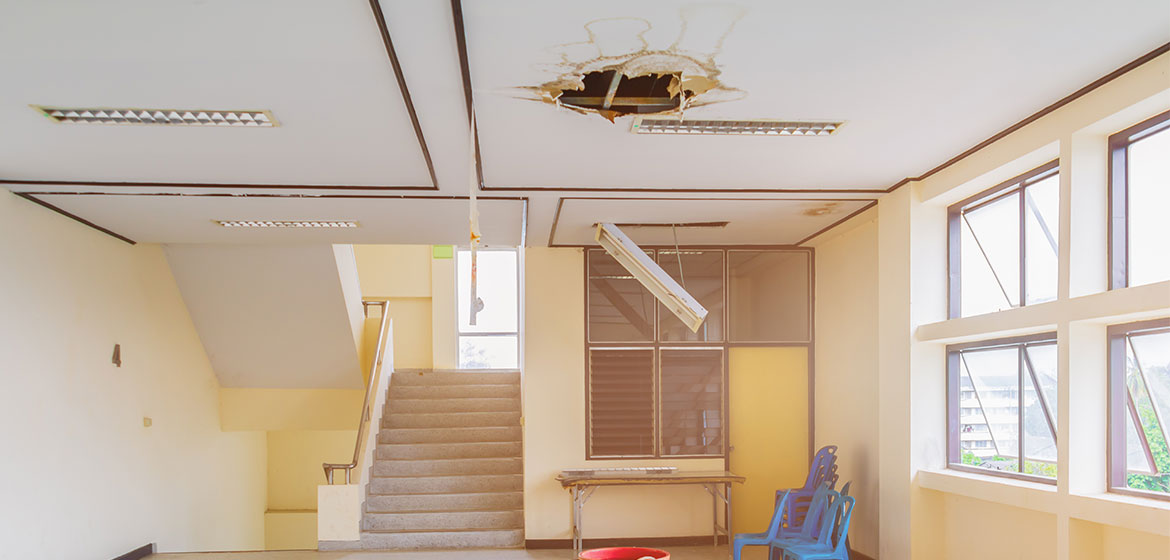Wear And Tear Vs. Property Damage

Commercial property insurance policies come with different coverage details. Many times, you can use it to help pay for costly repair or replacement of your building or its contents, provided the damage is part of the covered incident. This is where the question of the extent of coverage comes in. Will a subtler situation be covered? Let us find out more about wear and tear vs. property damage and find out when they are covered by an insurance policy.
Damage Assessment: What are the Standards?
Wear and tear or covered damage are different scenarios. We need to separate one from the other, most especially when evaluating it for insurance coverage. Some of us will rely on instincts, but this is not the proper way to do it, though.
Wear and tear can be simply illustrated by this example. Your business structure has a roof that is over 10 years old. Along the course of those 10 years, no work has been done to repair it. That said, you suddenly notice a wet floor after the rain, due to leaking that comes from the roof. The damage results from your failure to maintain the structure, and is an obvious wear and tear issue. That will not be covered by property insurance.
That scenario turns into a property damage, when a roofing company performs routine maintenance on it in the course of those years. When windstorm strikes then eventually damages your roof, and then your business equipment, all you need to do is to prove that you did the necessary maintenance and that damage to it was because of the weather alone. This then entitles you to property insurance claim.
Who Evaluates the Entire thing?
Many insurance companies count on the inspections made by professional insurance adjusters when it comes to evaluating property damage claims. Some would hire building engineers to do the job. This is where evaluation comes to a different turn. These experts will end up not agreeing with each other, most of the time.
Who Makes the Final Decision?
The answer to this differs in every situation. For instance, a public adjuster may be hired to give the final decision on the matter. If that person does not have the knowledge as to how the equipment is functioning before the loss, the expert will then have to ask the insured what the real status of the equipment is. If the insured claims it works fine before the damage, then the storm will be the culprit to the issue. This is why it is important to hire an adjuster to conduct preliminary inspections before any catastrophe.
Factors to Consider when Classifying the Damage
Accept that we are no longer dealing with properties that are new. That is why the question of whether it is wear and tear and property damage will always emerge in the inspection. As long as there is a clear evidence that points out that the structure or equipment is well-maintained, then that will be classified as property damage, rather than wear and tear.
If you do not want to be denied of a property damage claim, it is best to conduct annual inspections, complete with documentation. Any losses must be reported right away, plus take necessary mitigation steps to halt the damage.